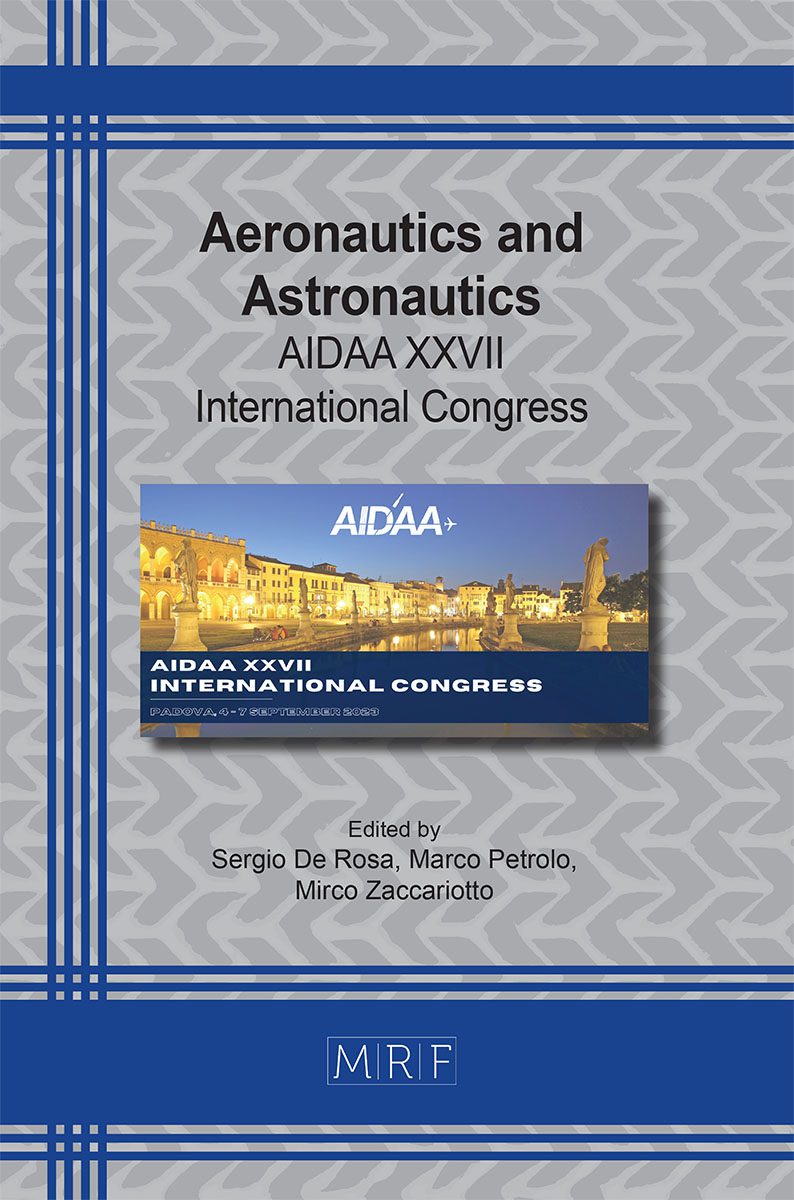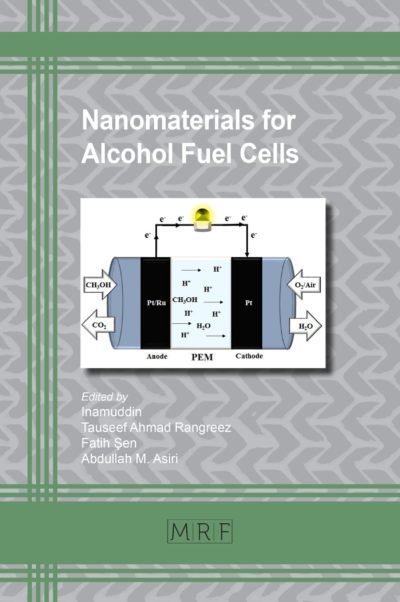Multifunctional composites as Solid-Polymer-Electrolytes (SPE) for Lithium Ion Battery (LIB)
Salvatore Mallardo, Gennaro di Mauro, Michele Guida, Pietro Russo, Gabriella Santagata, Rosa Turco
download PDFAbstract. Novel solid-polymer-electrolytes (SPE) have been formulated as key components of structural multifunctional materials to develop Lithium Ion Battery (LIB). To this aim, SPE blends based on polyethylene oxide (PEO), different molecular weights polyethylene glycole (PEG), PEG-modified sepiolite (SEP) and lithium triflate have been prepared by one pot melt mixing. The films were obtained by compression moulding following a method easily scalable to industrial level. The different films have been characterized by structural (FTIR-ATR), thermal (DSC, TGA), morphological (SEM) and mechanical (tensile tests) analysis. The different properties could be mainly addressed to the diverse PEG both amounts and molecular weight and to the specific physical interaction occurring between PEO, PEG sepiolite and lithium ions strongly influencing crystallinity, thermal stability and mechanical response. Thus, SPE2 sample evidenced the highest both crystallinity and mechanical stiffness and toughness, whereas SPE1 and SPE3 film showed the best compromise between molecular crystallinity and mechanical performances, mostly as strain at break are concerned. Finally, SPE4 film, including the highest amount of PEG showed a peculiar increasing of mechanical rigidity in opposition to molecular plasticization effect exploited by PEG. The many features of SPE systems requires special attention and further research when it comes time to design structural multifunctional materials for LIB based batteries of Type-III.
Keywords
Multifunctional Materials, Polymer Composites, Solid Polymer Electrolyte (SPE), Energy Generation, Aircraft Structures
Published online 11/1/2023, 5 pages
Copyright © 2023 by the author(s)
Published under license by Materials Research Forum LLC., Millersville PA, USA
Citation: Salvatore Mallardo, Gennaro di Mauro, Michele Guida, Pietro Russo, Gabriella Santagata, Rosa Turco, Multifunctional composites as Solid-Polymer-Electrolytes (SPE) for Lithium Ion Battery (LIB), Materials Research Proceedings, Vol. 37, pp 381-385, 2023
DOI: https://doi.org/10.21741/9781644902813-84
The article was published as article 84 of the book Aeronautics and Astronautics
![]() Content from this work may be used under the terms of the Creative Commons Attribution 3.0 license. Any further distribution of this work must maintain attribution to the author(s) and the title of the work, journal citation and DOI.
Content from this work may be used under the terms of the Creative Commons Attribution 3.0 license. Any further distribution of this work must maintain attribution to the author(s) and the title of the work, journal citation and DOI.
References
[1] European Commission. Clean Sky Benefits.
[2] Zhang, Y., Feng, W., Zhen, Y., Zhao, P., Wang, X, Effects of lithium salts on PEO based solid polymer electrolytes and their all solid state lithium ion batteries, Ionics, 28, (2022) 2751–2758. https://doi.org/10.1007/s11581-022-04525-3
[3] Long, L., Wang, S., Xiao, M., Meng, Y. (2016). J. Mater. Chem. A, 4: 10038–10069. https://doi.org/10.1039/C6TA02621D
[4] Christie, A.M., Lilley, S.J., Staunton, E. et al. Nature 433, (2005) 50. https://doi.org/10.1038/nature03186
[5] Meyer, W.H. (1998). Adv. Mater. 10: 439–448. https://doi.org/10.1002/(SICI)1521-4095(199804)10:6%3C439::AID-ADMA439%3E3.0.CO;2-I
[6] Zhu, Q., Ye, C., Mao, D. (2022). Solid-State Electrolytes for Lithium– Sulfur Batteries: Challenges, Progress, and Strategies, Nanomaterials, 12, 3612. https://doi.org/10.3390/nano12203612
[7] Zhao, Q., Stalin, S., Zhao, C.Z., Archer, L. A. (2020). Designing solidstate electrolytes for safe, energy-dense batteries, Nat. Rev. Mater. 5, 229–252. https://doi.org/10.1038/s41578-019-0165-5
[8] Han, L., Wang, J., Mu, X., Wu, T., Liao C., Wu, N., Xing, W., Song, L., Kan, Y., Hu, Y. (2021). Controllable magnetic field aligned sepiolite nanowires for high ionic conductivity and high safety PEO solid polymer electrolytes, Journal of Colloid and Interface Science 585, 596–604. https://doi.org/10.1016/j.jcis.2020.10.039
[9] Wright, P.V. Electrochim. Acta 43: 1998 1137–1998 1143. https://doi.org/10.1016/S0013-4686(97)10011-1
[10] Dhatarwal, P., Sengwa R. J. (2017). Indian J. Pure Appl. Phys., 55, 7.
[11] Kong, Y., Hay, J.N. (2002). The measurement of the crystallinity of polymer by DSC. Polymer, 43, 3873–3878. https://doi.org/10.1016/S0032-3861(02)00235-5













